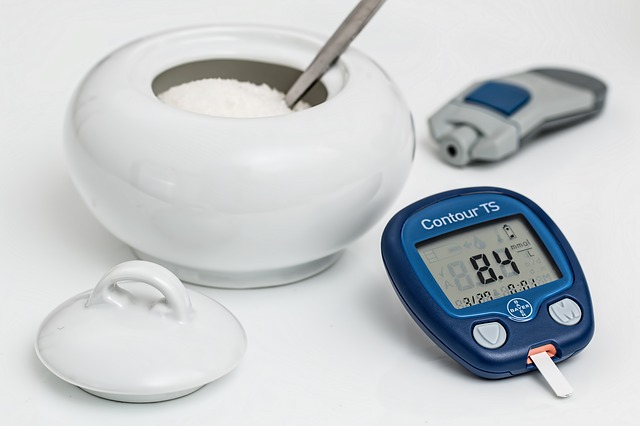
(Source: Pixabay)
Diabetes is a disease that affects how the body uses up blood sugar or glucose. Glucose is a vital nutrient in the body as it provides energy for the cells, muscles, and tissues. There are two types of diabetes: Type 1 and type 2. No matter which type of diabetes it is, it can lead to excess sugar in the bloodstream, causing serious complications.
Other types of diabetes include prediabetes, in which the blood sugar in the body is high, but not high enough to be classified as diabetes. Gestational diabetes occurs during pregnancy but resolves after the baby is born. Insulin hormone helps the cells absorb glucose. Without enough insulin, glucose stays in the blood, causing serious problems to a person’s health. Many people are not aware that they have diabetes, which puts them at great risk. A family doctor in Conroe, TX, can help one learn to spot the signs and symptoms of diabetes early, potentially saving someone’s life.
Recognizing Type 1 and Type 2 Diabetes
One of the most common early warning signs of diabetes is being unusually hungry or thirsty, even though one is consuming lots of food, and is drinking plenty of water. Because the glucose is not absorbed by the cells, they don’t get enough energy to function and they send signals for the body to eat more. The cells getting no fuel to function means a person feels constantly tired, even if they’re getting enough rest.
As the excess glucose in the bloodstream is not reabsorbed through the kidney as it normally is, the body tries to flush it out by producing more urine, further diminishing one’s fluids. One should watch closely for signs of fluctuating fluid levels such as dry mouth, dry and itchy skin. Keeping track of how much urine one passes can help them recognize whether they have type 2 diabetes or not.
Type 1 diabetes is rarer than type 2, appearing in about 10 percent of all diabetes cases. Here, the body’s immune system turns against the insulin-producing cells and destroys them, causing severe and rapid symptoms within days. In contrast, type 2 diabetes progresses slowly, sometimes going unnoticed for several years.
Type 1 diabetes usually occurs in children and teens, though it can occur in adults as well. Its cause is unknown but it’s more likely to show up in people with a family history of autoimmune diseases, or because of a viral infection like mumps. It causes sudden weight loss and extreme fatigue because the body lacks glucose and starts breaking down fats and muscle tissue for food and energy. If not treated quickly, type 1 diabetes can be deadly.
Taking Action
If one suspects that they have diabetes, they should seek medical attention immediately, especially if the symptoms are sudden and severe. The physician will carry out a number of tests to verify whether one is diabetic or not and to determine the extent of the damage and status of the disease. Any indication of extreme thirst, weakness, and unconsciousness should be evaluated quickly whether it happens to a child or an adult. Correct diagnosis is vital because symptoms associated with diabetes can also be indicative of other medical issues like flu. Although type 1 is more acute, both types of diabetes can result in respiratory damage, blindness, and nerve damage, among others. Early and proper diagnosis is therefore important.
About The Author:
Stacey Smith is a freelance health writer. She is passionate to write about women’s health, dental health, diabetes, endocrinology and nutrition and provide in-depth features on the latest in health news for medical clinics and health magazines.




